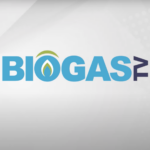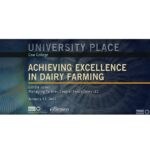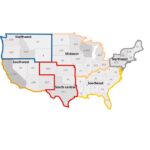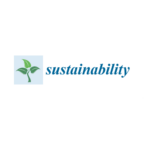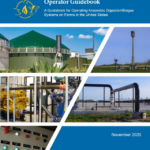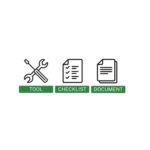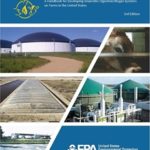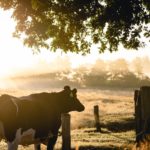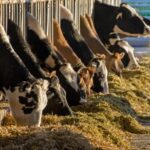Welcome to Newtrient’s Resources Library
Use this library to find webinars, peer reviewed articles, white papers, links to relevant websites and more.
Biogas TV, a GreeneTec initiative, provides insights into the rapidly expanding Biogas industry. Episodes showcase technology offered by various Biogas plant designers, engineers, manufactures and operators.
The CLEAR Center is led by Dr. Frank Mitloehner and based in the Department of Animal Science, in the College of Agricultural and Environmental Sciences at the University of California, Davis. The CLEAR Center leverages its two cores, research and extension, to help the animal agriculture sector operate more efficiently…
Achieving Excellence in Dairy Farming | University Place, PBS Wisconsin. Gordie Jones, Managing Partner at Central Sands Dairy LLC, focuses on ways to restructure the farm to maximize milk production in dairy cows.
Dairy farms in the United States are diverse and although regional dairy production and farm strategy has been evaluated for environmental impact, a comprehensive national assessment is important to define national priorities for sustainable intensification.
The present study evaluated the efficacy of the commercial essential oil feed additive Agolin® Ruminant on reducing enteric gas emissions and improving milk parameters in dairy cattle. Keywords: greenhouse gas; methane; essential oils; dairy cow; enteric emissions; sustainability; feed additive.
AgSTAR's Anaerobic Digester/Biogas System Operator Guidebook is a comprehensive technical resource that offers best practice guidance related to the operation and maintenance (O&M) of anaerobic digestion (AD)/ biogas systems.
The U.S. Environmental Protection Agency (EPA) Biogas Toolkit serves as a centralized knowledge hub for biogas project stakeholders. The toolkit is designed to allow stakeholders to search and browse for information and resources that meet their specific project needs.
AgSTAR's Project Development Handbook was created to help farmers, technology developers, financial investors and policymakers better understand AD/biogas systems in order to make more informed decisions and develop sustainable, manure-management solutions.
Dairy operations continue to be plagued by a high incidence of metabolic disorders and infectious diseases around calving. Turbulent transitions increase expenses, decrease milk production, impair reproductive performance, and result in premature death. Practical management strategies to minimize health problems while still promoting high milk production have remained elusive.
Farms with livestock have the advantage of being able to supply manure, which has many of the nutrients required for crop production, to their fields. To protect water quality and use these nutrients to support crop growth, manure has to be applied with consideration for timing, method, and rate.

